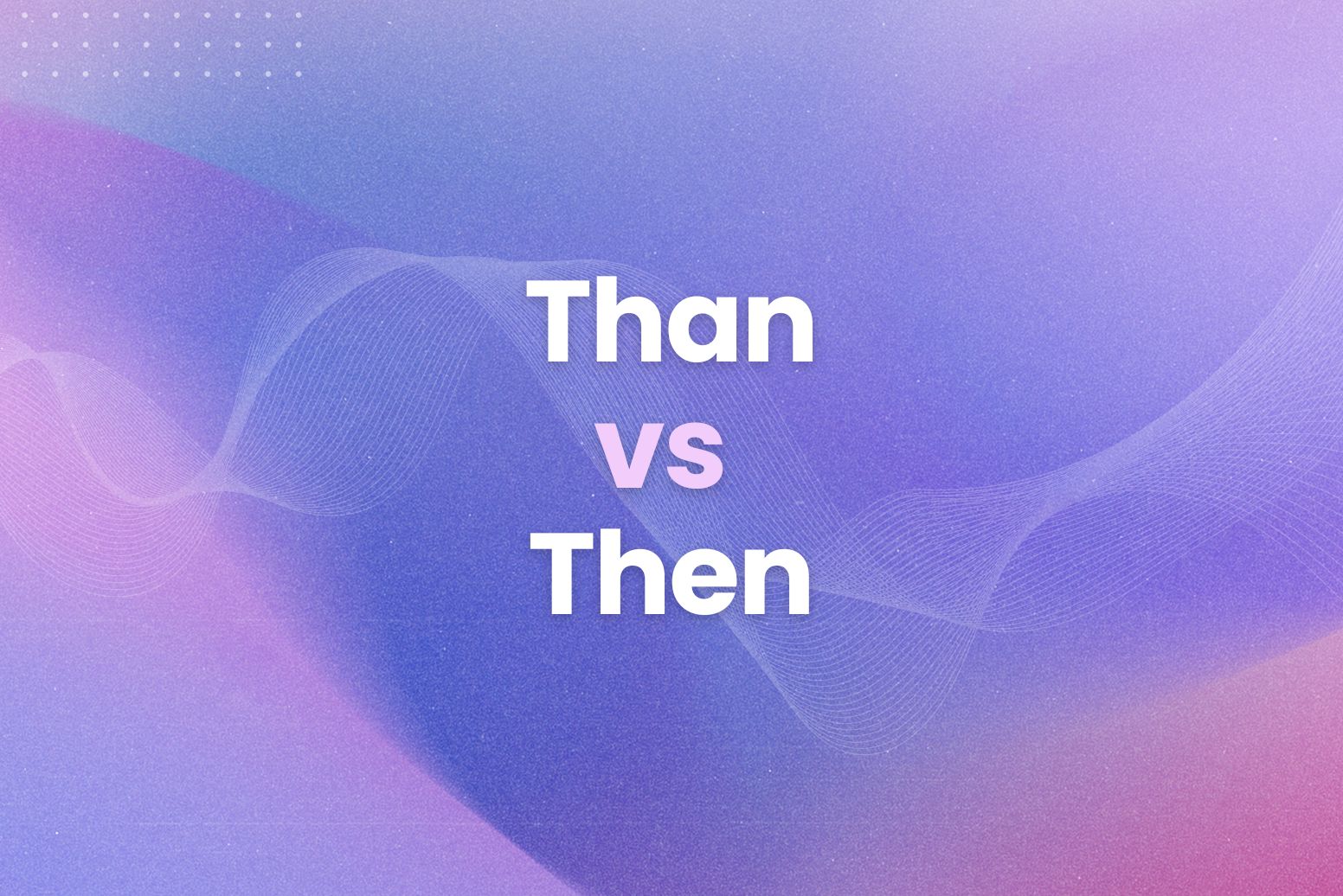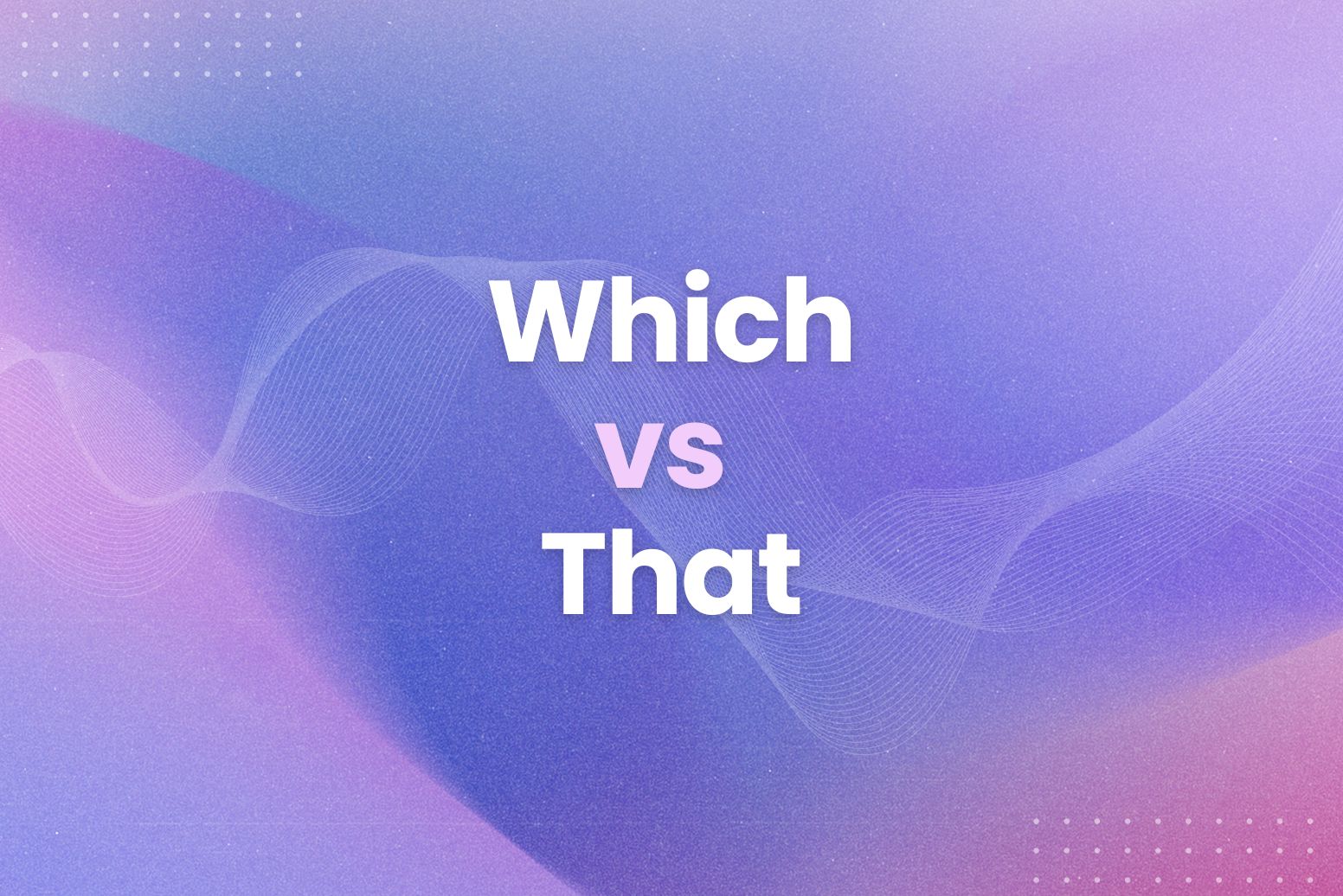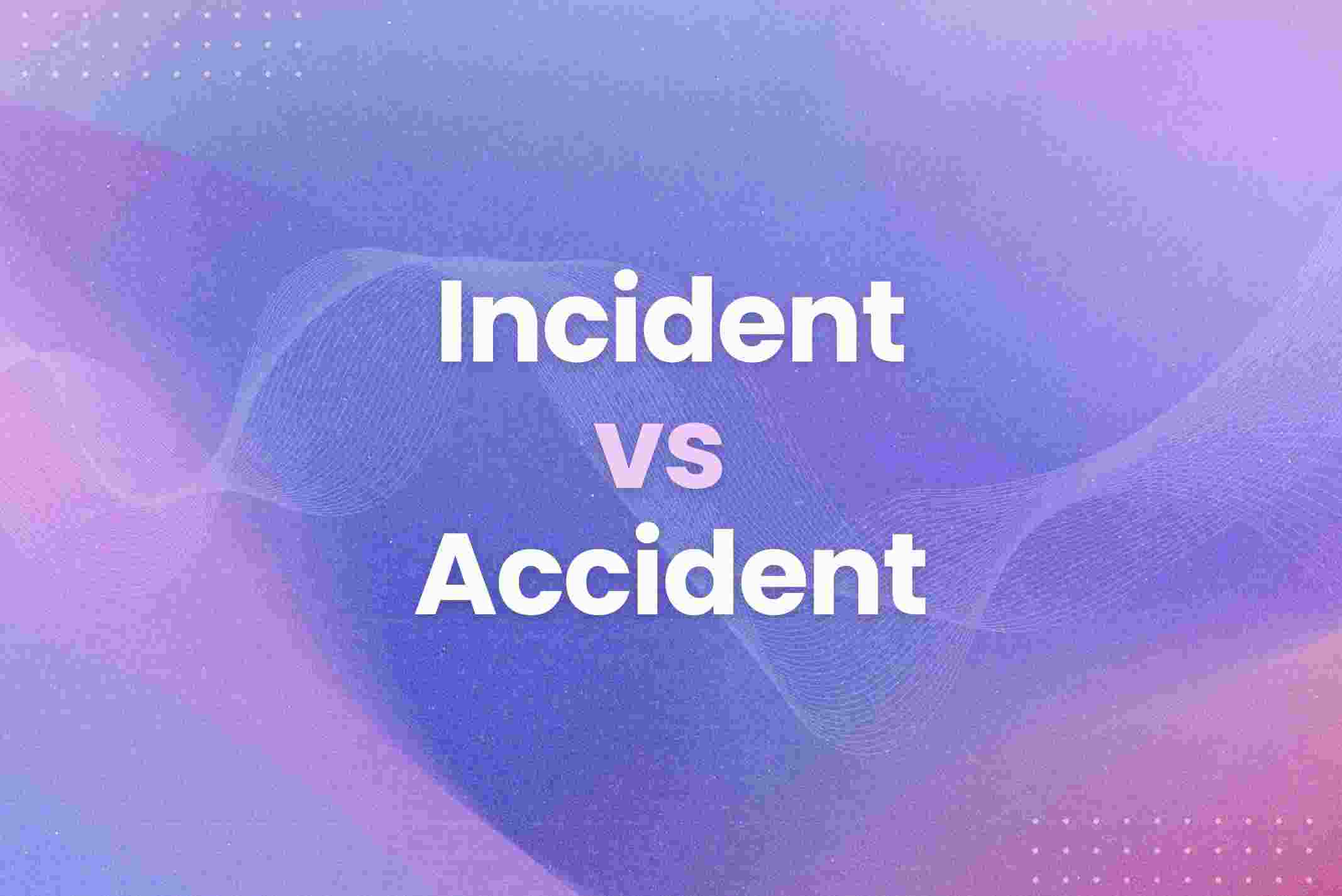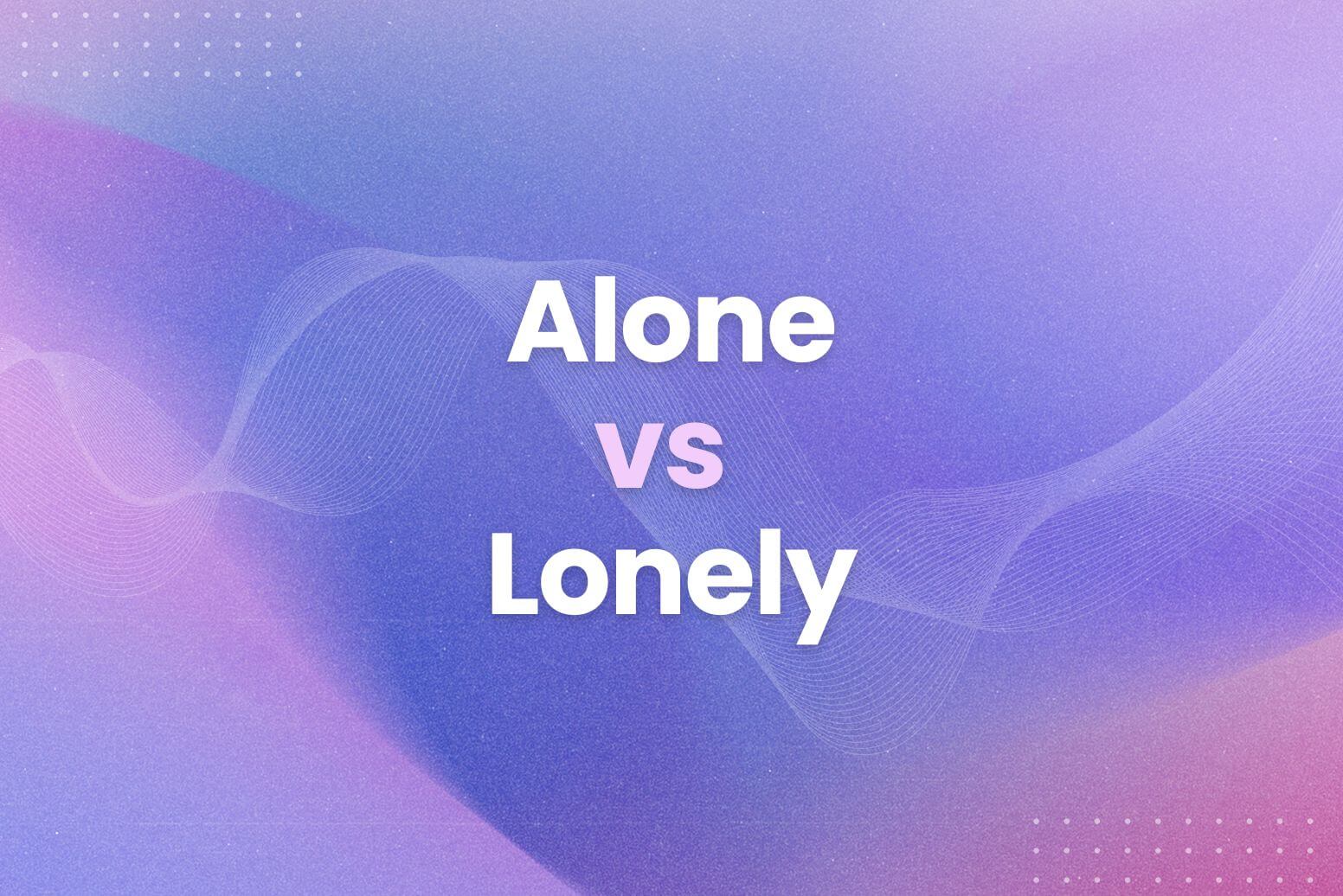Ever written something and felt a little unsure about whether you used than vs then correctly? It’s a common stumbling block. Even strong writers sometimes hesitate. Consequently, small errors can undermine your message.
This guide clears up the confusion between than vs then. It gives you the tools you need to use these words with confidence. Therefore, we’ll cover:
- When to use than (for comparisons).
- When to use then (for time or sequence).
- A simple memory trick.
- Common mistakes to avoid.
When to Use Than (For Comparisons)
We use than to make comparisons. It shows a difference between two things. For instance, we might compare two people, two objects, or two ideas. Than sets up this contrast. It’s like a scale, showing which side weighs more.
For example:
- My dog is bigger than your cat.
- This book is more interesting than the last one.
- Traveling by train is faster than driving in this city.
In each case, than connects two things being compared. Moreover, it highlights a specific difference between them. This difference could be size, interest, speed, or any other quality.
Here’s another way to think about it: Than often follows comparative adjectives. These are words ending in “-er” (like bigger, faster, older) or words using “more” or “less” (like more interesting, less expensive). Consequently, if you see a comparative adjective, than is likely the word you need.
For instance:
- She is taller than he is.
- This car is less fuel-efficient than that one.
- He is more experienced than his colleague.
Therefore, remember this simple rule: use than when you’re making a comparison. It’s the comparison word. It sets up the contrast. It shows the difference.
When to Use Then (For Time or Sequence)
We use then to talk about time or sequence. It shows when something happened. Or what happened after something else. Think of it as a signpost. It directs you along a timeline.
For example:
- I woke up, then I brushed my teeth.
- We ate dinner, then we watched a movie.
- If it rains, then we’ll stay inside.
In each of these sentences, then shows the order of events. It tells us what happened after the first action. Furthermore, it creates a sense of flow. It connects the actions in a logical sequence.
Then can also be used in “if-then” statements. These statements show a cause-and-effect relationship. If something happens, then something else will follow.
For instance:
- If you study hard, then you will pass the test.
- If you are late, then you will miss the beginning of the meeting.
In these cases, then shows the consequence of a certain action. It links the condition to the outcome. Moreover, it clarifies the relationship between the two parts of the sentence.
Here’s a tip: Then often relates to time words like first, next, after, or later. Therefore, if you see these words, then might be the word you need.
For example:
- First, we went to the store, then we went home.
- After the game, then we went out for pizza.
Therefore, remember: use then when you’re talking about time or sequence. It shows the order of events and connects actions in a timeline. In addition, it sets up cause and effect.
A Simple Memory Trick to Remember Between Than vs Then
Keeping than vs then straight can be tricky. But there’s a simple memory trick we can use. This trick connects the word to its meaning. It makes it easier to remember which word to use.
Here’s the trick:
- Than has an “a.” Comparisons also have an “a.” Think “than” for “comparisons.”
- Then has an “e.” Time also has an “e.” Think “then” for “time.”
This simple association can make a big difference. It gives you a quick way to check yourself. It helps you avoid those common mistakes.
For instance, if you’re writing a sentence like, “She is taller than/then her sister,” ask yourself: Am I making a comparison? Yes. Therefore, you should use than.
Similarly, if you’re writing, “I ate breakfast, than/then I went to work,” ask yourself: Am I talking about time? Yes. Consequently, you should use then.
This trick may seem simple. However, it’s effective. It gives you a mental shortcut. It helps you choose the correct word quickly and confidently. Moreover, it sticks with you.
Now, let’s say you’re writing in a program without a built-in grammar checker. You start to second-guess yourself. You can quickly open Arvin, the AI browser extension powered by GPT-4. Arvin can check your grammar on any webpage.
So, if you’re writing in a simple text editor, you can paste it into a blank webpage and run Arvin. It’s a great way to double-check. Especially if you’re unsure about than and then. It’s quick. It’s convenient. It’s like a safety net for your writing.
Common Mistakes to Avoid
Even with the memory trick, it’s easy to slip up. Than and then are tricky words. They look and sound similar. Consequently, people often mix them up. We’ll look at some common mistakes. This will help you avoid them in your own writing.
One frequent error is using then when you should use than. For example, “He is smarter then me” is incorrect. The correct sentence is “He is smarter than me.” Remember, we’re making a comparison. Therefore, we use than.
Another common mistake is using than when you should use then. For instance, “I went to the gym than came home” is wrong. The correct sentence is “I went to the gym, then came home.” Here, we’re talking about a sequence of events. Consequently, we use then.
Here are a few more examples of common mistakes:
- Incorrect: She is taller then her sister.
- Correct: She is taller than her sister.
- Incorrect: First, I’ll eat, than I’ll go out.
- Correct: First, I’ll eat, then I’ll go out.
- Incorrect: This movie is better then the other one.
- Correct: This movie is better than the other one.
- Incorrect: If you finish your work, than you can leave.
- Correct: If you finish your work, then you can leave.
Pay close attention to the context. Are you making a comparison? Use than. Are you talking about time or sequence? Use then. This simple check can help you avoid most errors.
Than or Then? Arvin’s Got Your Back
Using than and then correctly boosts your writing. It makes your message clearer. It shows attention to detail. This guide has given you the tools to master these tricky words. Now, you can write with greater confidence.
Here are the key takeaways on than vs then:
- Than is for comparisons.
- Then is for time or sequence.
- The “a” in than matches the “a” in comparison.
- The “e” in then matches the “e” in time.
- Arvin can help catch any errors.
Writing clear, error-free text is important. It adds credibility to your words. Arvin, the AI browser extension powered by GPT-4, can help you achieve this. It checks your grammar on any webpage. So, whether it’s than or then, Arvin is there to lend a hand. It’s a valuable tool for any writer who wants to polish their work.
FAQs About Than vs Then
How do you use then and than?
Than is used for comparisons. It shows a difference between two things. For example, “She is younger than her brother.” Then is used to show time or sequence. It tells us what happened next. For instance, “I ate dinner, then I watched TV.”
When can I use then?
You can use then when you’re talking about time or sequence. It shows the order of events. And it connects actions in a timeline. It’s also used in “if-then” statements to show cause and effect. For example, “If you study, then you will pass.”
What is the difference between then vs them?
Then shows time or sequence. Them is a pronoun. It refers to a group of people or things. For example, “I saw them at the store.” These words have different meanings and uses. So, it’s important not to confuse them.
How to remember then vs than?
A simple trick is to connect the words to their meanings. Than has an “a,” just like “comparison.” Then has an “e,” just like “time.” This association can help you remember which word to use.






